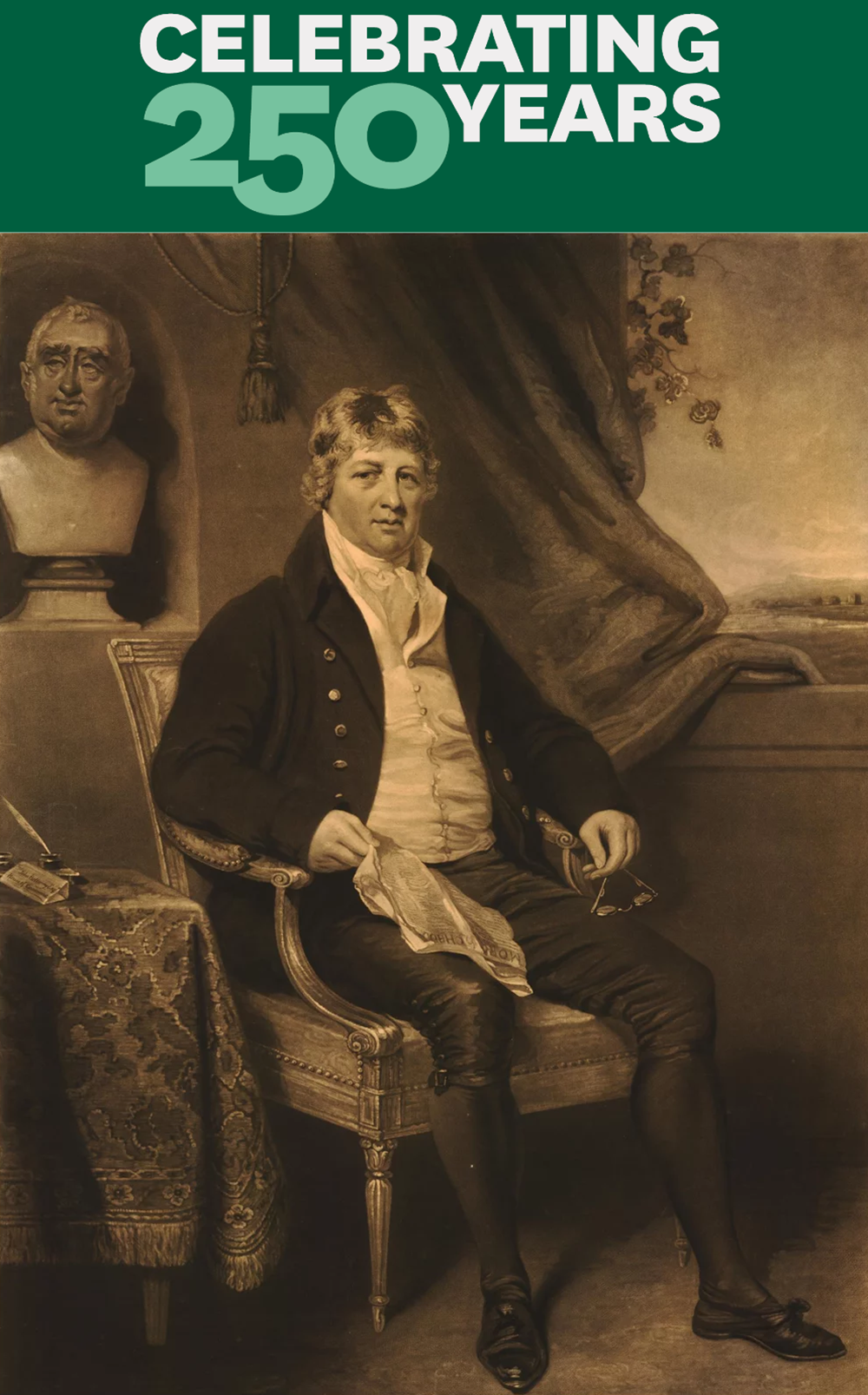Celebrating 250 years of catering
Bellamy's
The first 'official' catering facilities first appeared in 1773 in a set of rooms commonly known as Bellamy's in which tea, coffee, alcohol and light meals were served close to the Commons chamber in the pre-fire (before 1834) Palace of Westminster, managed by two successive John Bellamys, both of them deputy housekeeper to the House of Commons. Formally the serjeant-at-arms was housekeeper; the Bellamys operated as his deputies, responsible for cleaning the chamber and committee rooms, and collecting the various fees due to the serjeant from members, and others.
Charles Dickens described the rooms in an article in the Evening Chronicle in 1835 as, 'the refreshment room, common to both houses of parliament, where ministerialists and oppositionists, Whigs and Tories, Radicals and Destructives, Peers and Reporters, strangers from the gallery, and the more favoured strangers from below the bar, are alike at liberty to resort'.
This was one of the places where different worlds collided. Not just politically different worlds, but socially different ones too: the high political society monde, and the political journalism demi-monde, dukes and prime ministers together with doorkeepers, messengers and the almost random society of the strangers’ gallery. It is true that one of the rooms at Bellamy’s was set aside for members only. But descriptions of Bellamy’s make it very clear that visitors, staff and members of both Houses were often eating in the same room, sometimes even at the same table. It was an unrivalled opportunity to observe the political class at close quarters and at its most unguarded.
A parliamentary guide published in the 1820s and early 1830s mentioned ‘Bellamy’s coffee-room’, ‘at which both members and strangers visiting the gallery occasionally dine and sup’. It referred to the relatively restricted menu of ‘rump steaks, mutton chops, veal pasties of superlative excellence, cold roast and boiled beef, pickles of all sorts, and Stilton cheese’, with a wine list consisting ‘of wines of all the countries of the earth, of the finest quality and flavour’, as well as porter, coffee and beer. ‘Strangers must not be surprised if they are here treated with less ceremony than the members’, it added; ‘they are, in fact, admitted only by courtesy; but they fare not the worse because they have not an MP attached to their names'.
An 1825 account claims that Bellamy’s had ‘some of the best wine that you can drink in London, and some of the best chops and steaks that ever solicited to be cooked’, which could ‘almost console one for an hour or two’s previous imprisonment in a crowded, riotous, and mephitic gallery’. The chops and steaks were served by Ann and Jane, who were described in disconcertingly similar terms (‘so plump, and sleek, and clean’) as the meat and the port, sherry and madeira, ‘so exactly bodied for an Englishman’s palate, that now and then one had rather dine at Bellamy’s than at home’. The reporter described sipping port in the coffee room when the division bell went and members rushed off in disorder to vote. Watching members scramble down the stairs was evidently one of the great pleasures that reporters, at least, could derive from eating there.
The days of the refreshment rooms as a family business were numbered. In the mid-1840s the catering arrangements for the new, rebuilt, Palace, were being considered. Asked in 1844 how he proposed to conduct the coffee-room in the new House, the serjeant at arms, Sir William Gossett, said that he had not yet made up his mind how the new coffee-room should be run: ‘I have a doubt, however, whether it would be advantageous for a committee of the House of Commons to manage it’. Four years later, the House established a Standing Committee on Kitchen and Refreshment rooms.
Credit: Excerpts from Paul Seaward's project blog 'Reformation to Referendum: Writing a New History of Parliament' - The History of Parliament Trust
Image: John Bellamy: mezzotint (1814) by Charles Turner after painting (1808) by J.T. Smith. Copyright Trustees of the British Museum


